The glute machine has steadily risen in popularity, becoming a staple in many gyms and fitness centers worldwide. But what exactly makes this machine such a sought-after piece of equipment for those looking to enhance their lower body strength? This comprehensive guide will delve deep into the world of glute machines, from their anatomy-focused benefits to their evolution over the years. Whether you’re considering an investment in one or are simply curious about its prowess, we’ve got all the details to help you navigate the realm of glute-centric workouts. Dive in to discover the magic behind the machine and how it can transform your fitness journey.
Table of Contents
The Anatomy of the Glutes
When it comes to strength, stability, and aesthetics in the realm of fitness, the glutes hold a pivotal position. This muscle group not only shapes the appearance of our posterior but also plays a critical role in our overall mobility and core strength. Let’s dive into the anatomy of the glutes and understand why they’re so essential.
1. Gluteus Maximus:
The largest of the three gluteal muscles, the gluteus maximus, covers a significant part of the buttock. Its primary functions include hip extension, outward rotation, and abduction of the thigh. Whenever you rise from a squat, climb stairs, or thrust your hips forward, the gluteus maximus is hard at work.
2. Gluteus Medius:
Situated beneath the gluteus maximus, the gluteus medius plays a role in hip abduction and medial rotation of the thigh. It’s crucial for maintaining a level pelvis when walking or standing on one leg.
3. Gluteus Minimus:
As the name suggests, the gluteus minimus is the smallest of the three and is located directly beneath the gluteus medius. It works alongside the medius to assist in stabilizing the pelvis and abducting the thigh.
Beyond these primary muscles, the glutes also work in tandem with other smaller muscles like the tensor fasciae latae and the piriformis to facilitate various hip movements.
Understanding the anatomy of the glutes is the first step to realizing the importance of targeted training. A glute machine specifically focuses on these muscles, ensuring that they are strengthened, toned, and worked comprehensively.
Incorporating exercises that harness the power of the glute machine can lead to better athletic performance, injury prevention, and of course, a more toned and sculpted posterior. Knowing the anatomy can help users engage these muscles effectively, leading to more efficient workouts.
In the realm of fitness, the glutes are often termed as the powerhouse of the lower body. Ensuring their strength and flexibility is paramount for both day-to-day activities and specialized athletic pursuits. This understanding sets the foundation for why the glute machine is a pivotal addition to any fitness regimen.
History of the Glute Machine
The journey of the glute machine is an intriguing one. It reflects the evolving understanding of fitness and the growing emphasis on targeted muscle training. Let’s trace back the roots and evolution of this invaluable gym equipment.

The 20th Century Gym Scene:
In the early 1900s, gymnasiums were primarily male-dominated spaces with heavy lifting and calisthenics being the norm. Women’s fitness was often limited to dance and basic aerobics. It wasn’t until the latter half of the century that the importance of strength training for both genders became more recognized.
Emergence of Targeted Training:
By the 1970s and 80s, the fitness industry started to acknowledge the importance of muscle-specific workouts. This era witnessed the introduction of machines targeting specific muscle groups. While the leg press, leg curl, and leg extension machines were standard, there was a growing need for equipment focusing on the glutes, given their pivotal role in overall leg and core strength.
Birth of the Glute Machine:
The late 20th century saw the advent of the first machines designed specifically for the glutes. These machines were innovative, allowing users to isolate and target the gluteal muscles more effectively than with squats or lunges alone.
Modern Innovations and Varieties:
As the 21st century rolled in, the fitness industry boomed. With it came technological advancements and biomechanical research, leading to the design of more efficient and user-friendly glute machines. Today, you’ll find a plethora of variations – from the glute pushdown machines to the multi-purpose hip thrust benches.
The Rise of the Glutes in Pop Culture:
Parallel to the evolution of the glute machine, the 21st century also saw the glutes becoming a significant focus in popular culture. Fitness icons and celebrities emphasized the appeal of a well-toned posterior, further driving the demand for effective glute training equipment.
Today, the glute machine stands as a testament to how far we’ve come in understanding the human body and the science of fitness. Its history showcases a shift from generalized workouts to specialized, targeted training, emphasizing the importance of well-rounded fitness regimens.
In any modern gym, the glute machine holds its own, helping countless individuals achieve their fitness goals and understand the critical role the glutes play in our overall health and well-being.
Types of Glute Machines
The glutes are a powerhouse muscle group that plays a crucial role in stabilizing the lower back, improving posture, and enhancing athletic performance. Recognizing the importance of well-developed glutes, several specialized machines have been designed over the years to isolate and strengthen this area. Here, we’ll explore the various types of glute machines that have become gym staples.
- Glute Kickback Machine:
This machine allows users to perform kickbacks, an exercise where you push your leg backward against resistance. The glute kickback machine effectively targets the gluteus maximus, helping to shape and tone the buttocks.
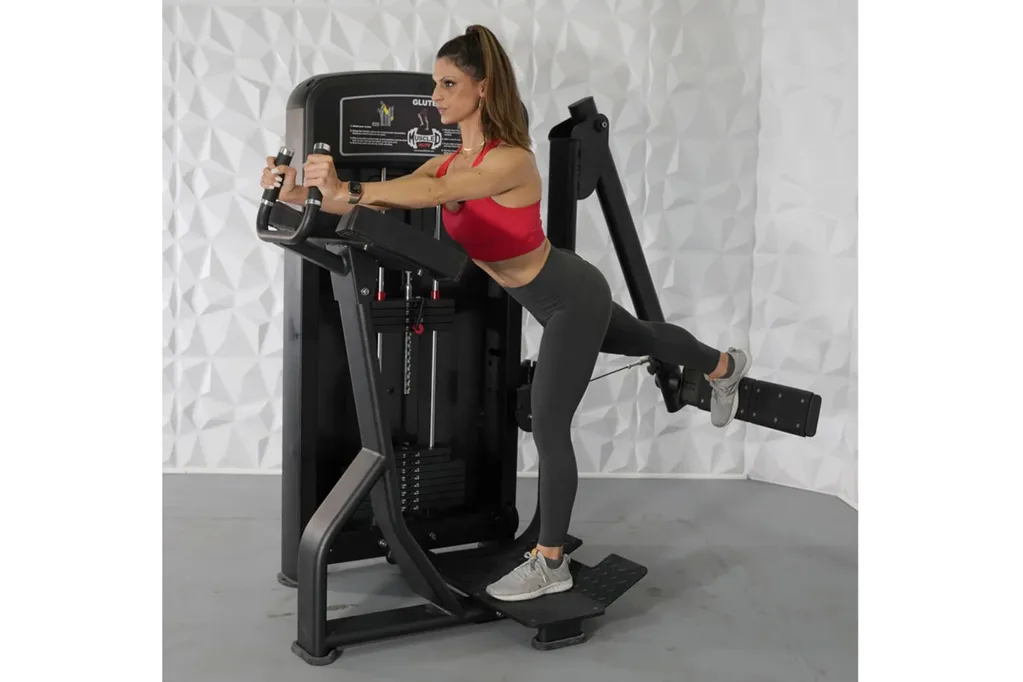
- Hip Thrust Machine:
Hip thrusts are vital for building glute strength. While they can be done using a bench and barbell, specialized hip thrust machines provide better stability and controlled resistance, ensuring effective and safe training.
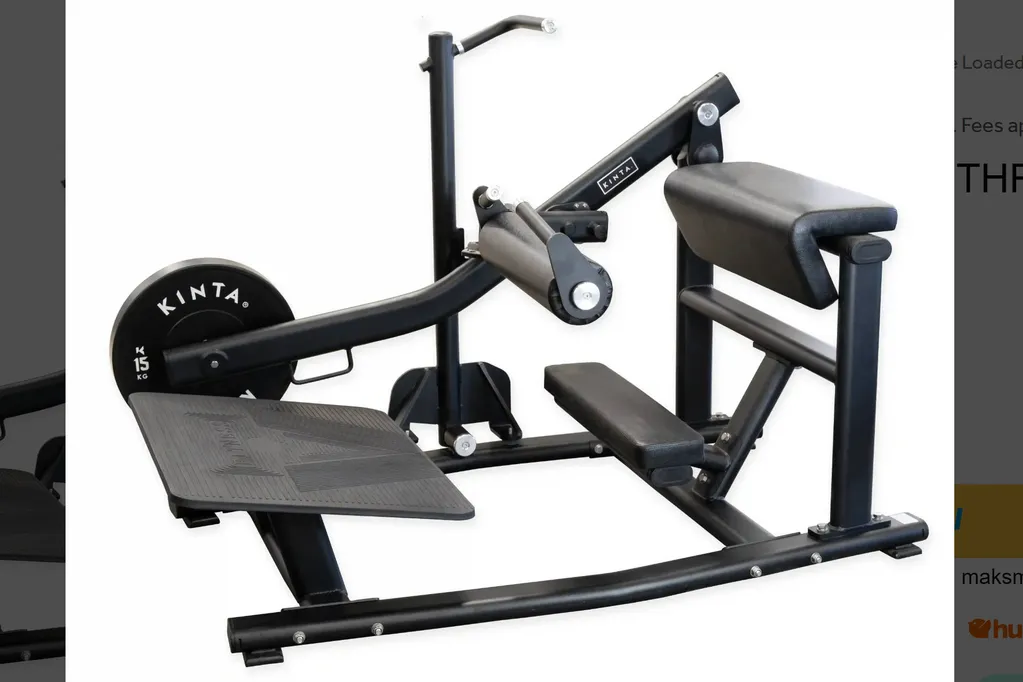
- Butt Blaster Machine:
This uniquely named machine offers a platform for the user to kneel on and a padded surface to push back with the foot. The motion closely replicates the kickback but with more controlled resistance, making it a favorite for isolating the glutes.
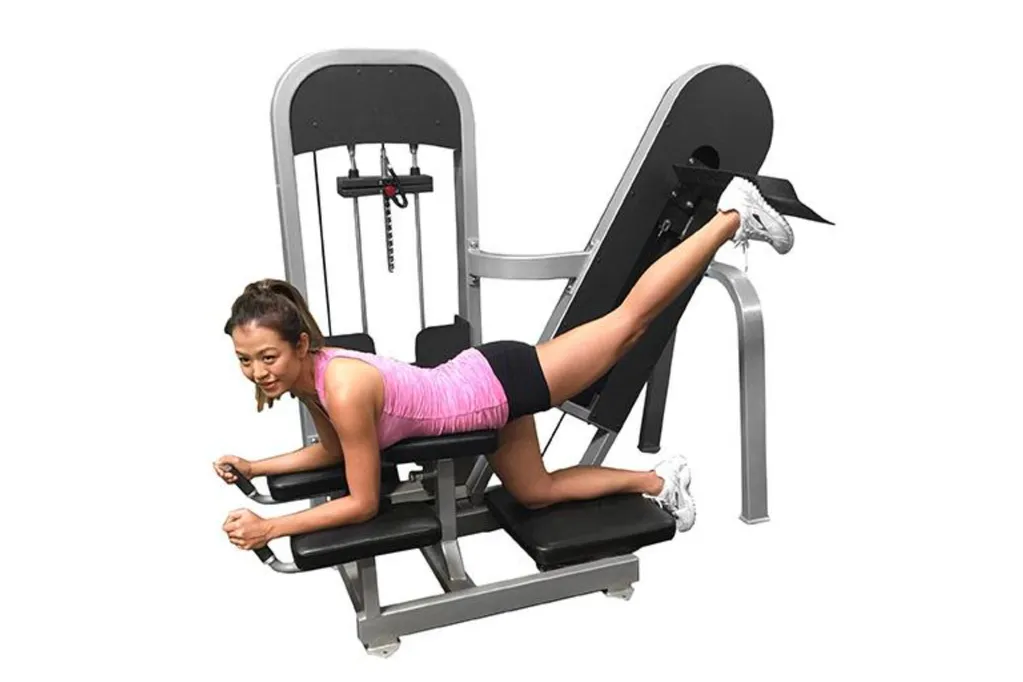
- Cable Pull-Through Machine:
While not exclusively a glute machine, the cable machine can be used for pull-through exercises that engage the hamstrings, lower back, and, notably, the glutes. The advantage of the cable machine is its adaptability to various exercises and resistance levels.
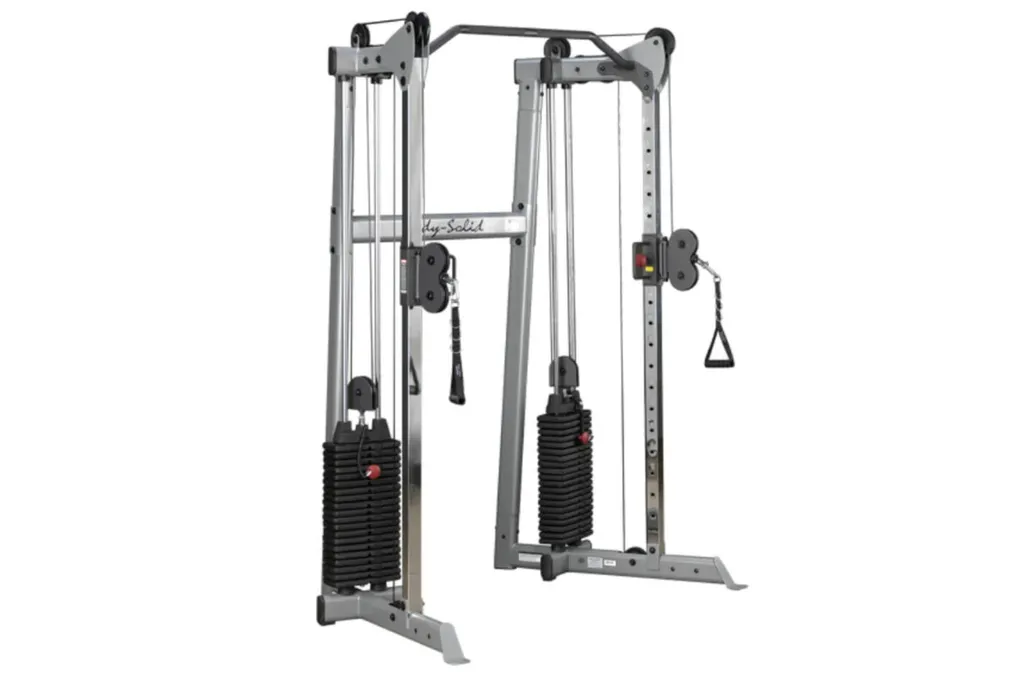
- Glute Bridge Machine:
Offering a variation of the hip thrust, this machine has the user lying flat, pushing upwards against resistance. It’s an effective way to target the gluteus maximus and medius without putting strain on the back.
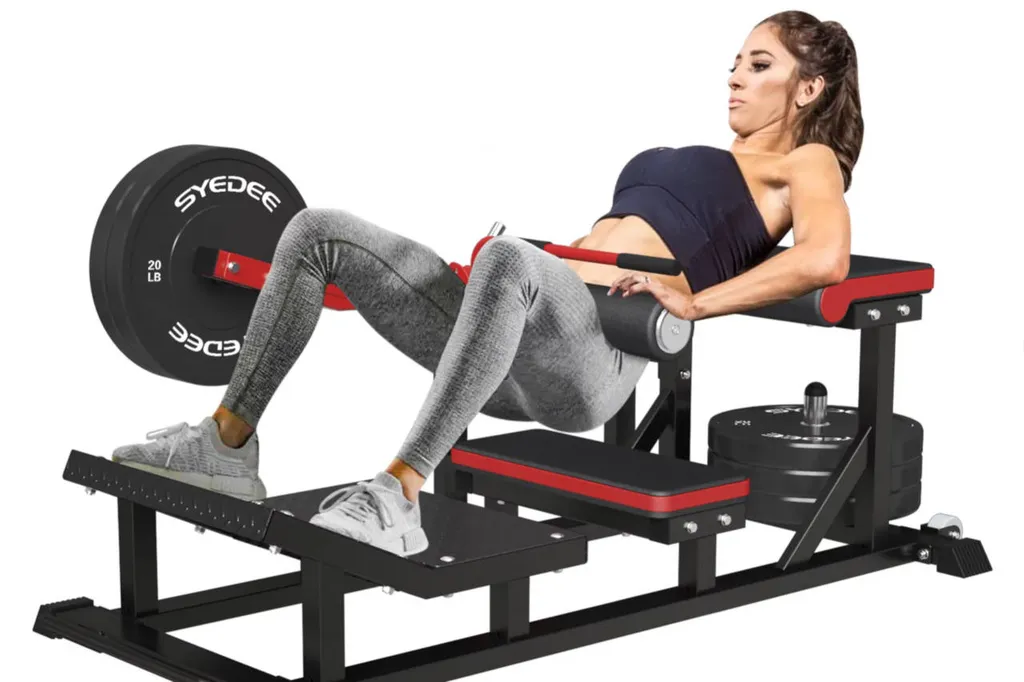
- Smith Machine for Glute Workouts:
Although primarily known as a general strength training machine, the Smith Machine’s guided barbell system can be used for squats, lunges, and other glute-centric exercises, providing stability especially beneficial for beginners.
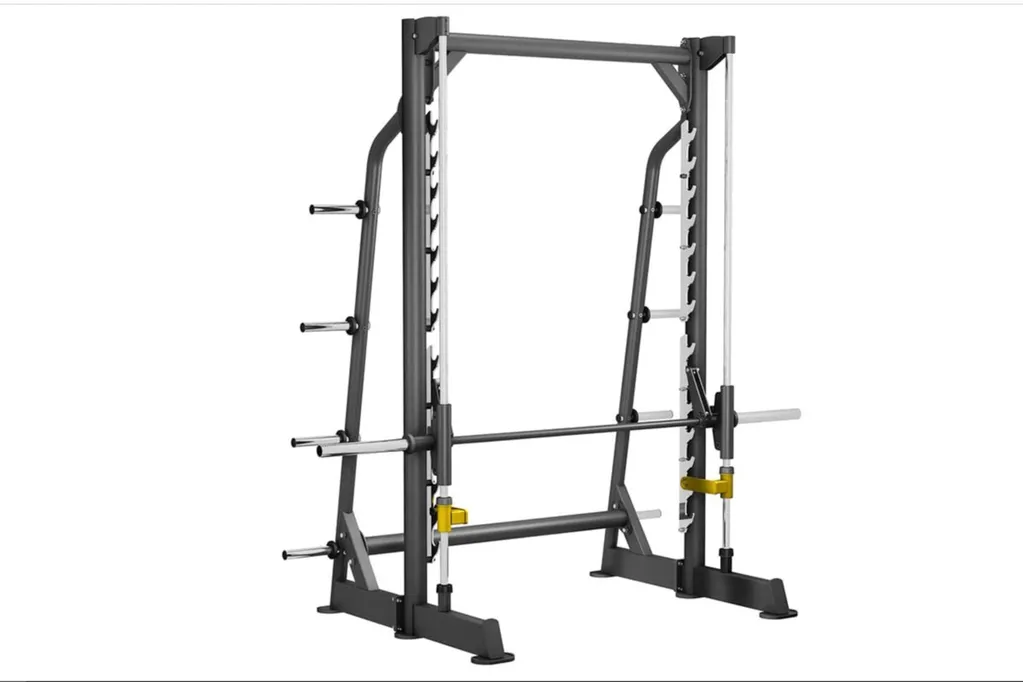
- Seated Leg Press:
Again, while not exclusively for glutes, when used with a wide stance and deep range of motion, the seated leg press can effectively engage the gluteal muscles, adding variety to a glute workout routine.

In conclusion, there’s a diverse range of glute machines available in gyms, each with its unique set of benefits. Whether you’re looking to build muscle, tone up, or improve overall posterior chain strength, there’s a glute machine tailored for your needs. Always ensure proper form and technique to get the most out of your workouts and to avoid potential injuries.
Features to Look for in a Glute Machine
If you’re on the hunt for a glute machine, either for personal use at home or to add to a gym collection, it’s essential to know the features that contribute to a machine’s effectiveness and user experience. Not all glute machines are created equal, so understanding what to look for can make all the difference in your workout results. Here are the key features to consider:
- Adjustability:
A good glute machine should cater to users of different heights and body types. Adjustability ensures that users can customize the machine settings to fit their body, ensuring comfort and proper alignment during exercises.
- Sturdy Construction:
Durability and stability are crucial. The machine should be constructed with high-quality materials to withstand regular use and carry varying weights without wobbling or breaking down.
- Range of Resistance:
Look for a machine that offers varied resistance levels. This allows users to progress in their workouts, increasing resistance as their strength grows.
- Ergonomic Design:
An ergonomically designed machine prioritizes the user’s comfort and promotes correct posture, minimizing the risk of strains or injuries.
- Space Efficiency:
Especially for home gyms, it’s essential to consider the machine’s size and how much floor space it occupies. Some machines are foldable or have a compact design for easy storage.
- Clear Instructions:
Whether it’s a label on the machine or an accompanying manual, clear instructions regarding setup, adjustment, and suggested exercises can significantly enhance the user experience.
- Smooth Movement:
The machine’s motion should be fluid, without any jerks or hitches, ensuring a consistent and effective workout experience.
- Safety Features:
Safety locks, non-slip grips, and padded surfaces are just a few safety features to look for, ensuring that users can exercise without any risk of injury.
- Maintenance:
Opt for machines that require minimal maintenance and come with warranties. It’s also a plus if the manufacturer provides customer support for any issues or queries.
In summary, when investing in a glute machine, focusing on features that prioritize adjustability, durability, safety, and user comfort can make a significant difference in workout quality and results. Always do thorough research and, if possible, test machines in person before making a purchase decision.
Proper Form and Technique on a Glute Machine
Using the glute machine effectively isn’t just about pushing weight; it’s about ensuring you have the correct form and technique to maximize results and minimize injury. Let’s delve into the key aspects of proper form and technique when using a glute machine:
- Starting Position:
Begin by adjusting the machine to fit your height and body type. Ensure that the pads or supports are comfortably positioned against your lower back or pelvis, depending on the machine type. Your feet should be flat against the platform or footplate.
- Engage Your Core:
Before initiating any movement, tighten your core muscles. This not only supports your spine but also helps in driving power through your glutes.
- Maintain Neutral Spine:
Ensure your spine remains neutral throughout the exercise. Avoid arching or rounding your back; this can lead to strains or injuries.
- Push Through the Heels:
As you press or kick back (depending on the machine type), ensure the force comes through your heels. This technique directly engages the glute muscles more effectively.
- Controlled Movements:
Avoid the temptation to use momentum. Instead, focus on controlled, deliberate movements, both during the contraction and the release phases of the exercise.
- Full Range of Motion:
Ensure you’re moving through the complete range allowed by the glute machine. This maximizes muscle engagement and promotes better flexibility.
- Breathing:
Breathe in during the relaxation phase and exhale forcefully during the exertion phase. Proper breathing not only keeps you energized but also helps in muscle contraction.
- Check Your Alignment:
Periodically, ensure that your hips, knees, and ankles are in alignment and that you’re not favoring one side over the other.
In conclusion, mastering the proper form and technique on a glute machine is paramount for achieving desired results and ensuring safety. It might be beneficial to initially work with a trainer or expert to get real-time feedback on your form. As always, listen to your body and adjust accordingly.
Popular Glute Machine Workouts
The glute machine is versatile and allows for a variety of exercises aimed at targeting the gluteal muscles from different angles. Let’s explore some of the most popular glute machine workouts that fitness enthusiasts swear by:
- How to: Position yourself with your forearms on the support pad and one foot on the machine footplate. Push back through your heel until your leg is straight. Slowly return to the starting position.
- Target: Primarily the gluteus maximus, with some hamstring engagement.
- How to: Sit on the machine with one foot placed flat on the footplate. Extend your leg, pressing through your heel, then return to the starting position.
- Target: Gluteus maximus and medius, and quadriceps.
- How to: Situate yourself in a leg press machine with feet wider than shoulder-width apart. This stance emphasizes the outer part of the glutes.
- Target: Gluteus maximus, with emphasis on the outer glutes.
- How to: On a seated hip abduction machine, position your legs inside the pads. Open your legs by pushing against the pads, then slowly return to the starting position.
- Target: Gluteus medius and minimus.
- How to: Lie face-down on the machine with legs straight and feet positioned under the roller pads. Lift your legs upwards, squeezing the glutes at the top, then slowly lower them.
- Target: Gluteus maximus, hamstrings, and lower back.
Incorporating these popular glute machine workouts into your routine can offer comprehensive training for your glutes. Ensure you follow proper form and gradually increase weights or resistance to continually challenge your muscles and witness growth.
Comparison: Glute Machines vs. Free Weights
When targeting the glutes, both machines and free weights are valuable tools, each offering unique benefits. Determining which is best depends on individual goals, experience level, and personal preferences. Here’s a breakdown comparing glute machines to free weights:
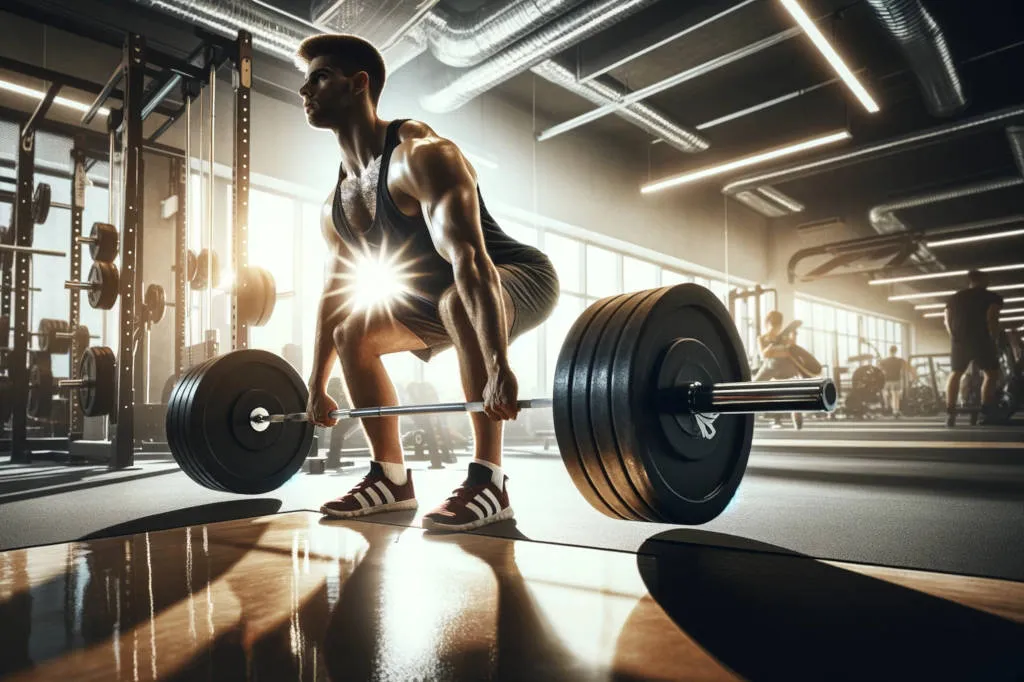
- Targeted Muscle Activation:
- Glute Machines: They are specifically designed to target the glutes, providing isolation and ensuring the correct muscles are activated during exercises.
- Free Weights: They require more stabilization, which means multiple muscle groups are engaged, making it a more holistic approach.
- Form and Technique:
- Glute Machines: They guide movement patterns, reducing the likelihood of improper form. This is especially useful for beginners or those unfamiliar with weightlifting techniques.
- Free Weights: They demand more attention to form. Poor technique can lead to injury but, when done correctly, they can offer greater functional strength benefits.
- Versatility:
- Glute Machines: Typically designed for specific exercises, which can limit versatility. However, this ensures optimized and focused workouts for the glutes.
- Free Weights: Highly versatile. One set of dumbbells or a barbell can be used for countless exercises targeting various muscle groups.
- Progression and Resistance:
- Glute Machines: Allow for easy weight adjustments, making it simple to increase resistance and track progression.
- Free Weights: Require manual change of weights, which can be time-consuming but offers more granular control over weight increments.
- Stabilization and Functional Fitness:
- Glute Machines: While they provide excellent muscle isolation, they don’t always mimic natural body movements, which can limit functional fitness gains.
- Free Weights: Engage stabilizing muscles and mimic real-world movements, which can enhance functional strength and improve daily tasks.
- Space and Cost:
- Glute Machines: Typically more expensive and take up more space, making them less ideal for home gyms.
- Free Weights: More cost-effective and space-saving, especially adjustable dumbbells.
In conclusion, both glute machines and free weights offer distinct advantages. While glute machines provide targeted activation and ease of use, free weights offer versatility and functional fitness benefits. Your choice should align with your fitness goals, available space, and budget.
Maintenance and Care of Glute Machines
Just like any other piece of fitness equipment, glute machines require regular maintenance and care to ensure longevity, optimal performance, and user safety. Below are some essential tips on maintaining your glute machine:
- Regular Cleaning:
- Wipe down the machine after each use to remove sweat, dust, and grime. This not only helps to maintain hygiene but also prevents the wear and tear of surfaces and cushioning.
- Inspect for Wear and Tear:
- Regularly check for any signs of wear, such as fraying cables, loose bolts, or worn-out pads. Addressing these issues promptly ensures safety and prolongs the machine’s life.
- Lubrication:
- Moving parts, especially if your glute machine has pulleys or other similar mechanisms, require periodic lubrication. This reduces friction, prevents squeaking sounds, and ensures smooth operation.
- Tightening and Adjustments:
- Over time, bolts and screws may loosen due to regular use. It’s crucial to periodically tighten them to prevent accidents and maintain machine stability.
- Replace Worn Parts:
- Components like cushioned pads, grips, and cables may need replacement over time. Ensure you replace them with parts recommended by the manufacturer to maintain the machine’s integrity.
- Store Appropriately:
- If the machine is not in use for an extended period, store it in a cool, dry place to prevent rusting or damage from humidity. Covering it can also protect it from dust accumulation.
- User Manual is Your Best Friend:
- Always refer to the manufacturer’s user manual for specific maintenance guidelines, recommended cleaning agents, and other care instructions tailored for your particular glute machine.
Proper maintenance and care of your glute machine not only extend its lifespan but also ensure safe and effective workouts. Investing time in routine checks and upkeep guarantees you get the best value for your money and uninterrupted workout sessions.
Potential Risks and How to Avoid Them with Glute Machines
Utilizing glute machines is an effective way to target and strengthen the gluteal muscles. However, like any fitness equipment, they come with potential risks if not used correctly. Awareness of these risks and knowing how to avoid them is crucial for a safe and productive workout.
- Strained Muscles:
- Lifting too much weight or not warming up properly can result in muscle strains. It’s always advisable to start with lighter weights and gradually increase as your strength improves.
- Improper Form:
- Incorrect posture or technique can not only diminish the effectiveness of the exercise but also increase the risk of injuries.
- Overexertion:
- Pushing yourself too hard or not allowing sufficient recovery time can lead to exhaustion and injuries. Remember, quality over quantity is key.
- Equipment Malfunction:
- A poorly maintained machine can malfunction, which poses direct risk to the user. Regular maintenance checks, as discussed in the previous section, are essential.
- Ignoring Pain:
- Feeling discomfort or pain while using the glute machine indicates something’s amiss. Always listen to your body; if something feels off, stop and reassess.
- Skipping Warm-Ups:
- Jumping straight into an intense workout without warming up can shock your muscles and lead to strains or injuries. Incorporate a 5-10 minute warm-up before starting.
- Lack of Training or Knowledge:
- If you’re unfamiliar with how to use the glute machine, seeking guidance from a fitness trainer can be invaluable. They can provide insights on proper techniques and tailor workouts to your needs.
In conclusion, while glute machines are designed for effective and targeted workouts, awareness of potential risks ensures you reap the benefits without compromising safety. Always prioritize proper form, listen to your body, and stay informed to avoid potential pitfalls.
Real User Reviews and Testimonials on Glute Machines
Feedback from actual users provides an invaluable perspective on the functionality, comfort, and efficacy of glute machines. Let’s dive into some real user reviews and testimonials to get an authentic grasp of what people are saying about their experiences.
- Samantha, 32, Fitness Enthusiast:
- “I’ve been using my glute machine for six months, and the results are undeniable. It’s not just about the aesthetics; I feel stronger and more balanced in my lower body. A great investment for sure.”
- Derek, 45, Rehabilitation Patient:
- “Post my surgery, I was skeptical about getting back to working out. My therapist introduced me to the glute machine, and it’s been a game-changer. It’s gentle yet effective, helping me regain strength without straining my back.”
- Lia, 28, Professional Athlete:
- “As an athlete, my training routine is intense. Incorporating workouts on the glute machine has not only enhanced my performance but also reduced the risk of injuries. Every gym should have one!”
- Ron, 37, Casual Gym-goer:
- “I was introduced to the glute machine by my gym buddy. Initially, I thought it was only for women, but boy, was I wrong! It’s challenging and gives a fantastic burn. Highly recommend.”
- Mia, 50, Fitness Beginner:
- “I’ve recently embarked on my fitness journey, and the vast array of machines was overwhelming. However, the glute machine stood out for its simplicity and effectiveness. It’s been three months, and I’m loving the progress.”
While these are just a handful of testimonials, they underscore the versatility and effectiveness of glute machines for a wide range of users. Whether you’re an athlete, rehabilitating from an injury, or just looking to enhance your fitness routine, the consensus is clear: the glute machine is a valuable addition to any workout regimen.
Cost Analysis: Investing in a Glute Machine
When it comes to fitness equipment, the cost can be a significant factor in one’s decision to invest. The glute machine, given its targeted functionality and potential results, is no exception. Let’s break down the financial aspects of acquiring one, so you can make an informed decision.

- Initial Investment:
The cost of a glute machine can vary widely based on brand, features, and quality. Basic models can start from a few hundred dollars, while high-end commercial-grade machines can reach several thousand. It’s essential to determine your budget and needs before diving into the market. - Return on Investment (ROI):
Beyond the initial purchase, consider the potential long-term savings. With a glute machine at home, you might save on gym memberships, commuting time, and costs. Plus, the convenience of working out anytime can be priceless. - Maintenance Costs:
Like any equipment, glute machines require regular maintenance. However, these costs are generally minimal, especially when compared to the potential medical expenses from injuries caused by improper training or inferior equipment. - Resale Value:
Quality glute machines tend to have a decent resale value. If you maintain your machine well and decide to upgrade or sell in the future, you can recoup a portion of your initial investment. - Comparative Costs:
When considering the price of a glute machine, it’s helpful to compare it with other fitness equipment targeting the same muscle group. Often, the glute machine offers more comprehensive workouts and better results, making it a cost-effective choice in the long run. - Financing Options:
Some manufacturers and retailers offer financing options for fitness equipment, making it more affordable. This can spread out the cost over time, making high-quality machines more accessible to a broader range of people.
In conclusion, while the upfront cost of a glute machine can seem steep, evaluating its long-term benefits, potential savings, and overall value can paint a more comprehensive picture. Investing in your health and well-being is always a wise decision, and a glute machine might just be the asset you need to elevate your fitness journey.
Alternatives to Glute Machines
While glute machines are specifically designed to target and strengthen the gluteal muscles, there are several alternative methods and equipment pieces that can also be effective. If you’re looking for variety in your workouts or are constrained by budget or space, these alternatives might be right up your alley.
- Resistance Bands:
These are affordable, portable, and versatile tools that can be used to target the glutes. Incorporate exercises like banded squats, clamshells, and glute bridges to engage and strengthen your posterior muscles.

- Dumbbells and Barbells:
Weighted squats, lunges, and deadlifts are some of the most effective exercises to target the glute muscles. By adding weights to these movements, you increase the resistance and potential muscle growth.
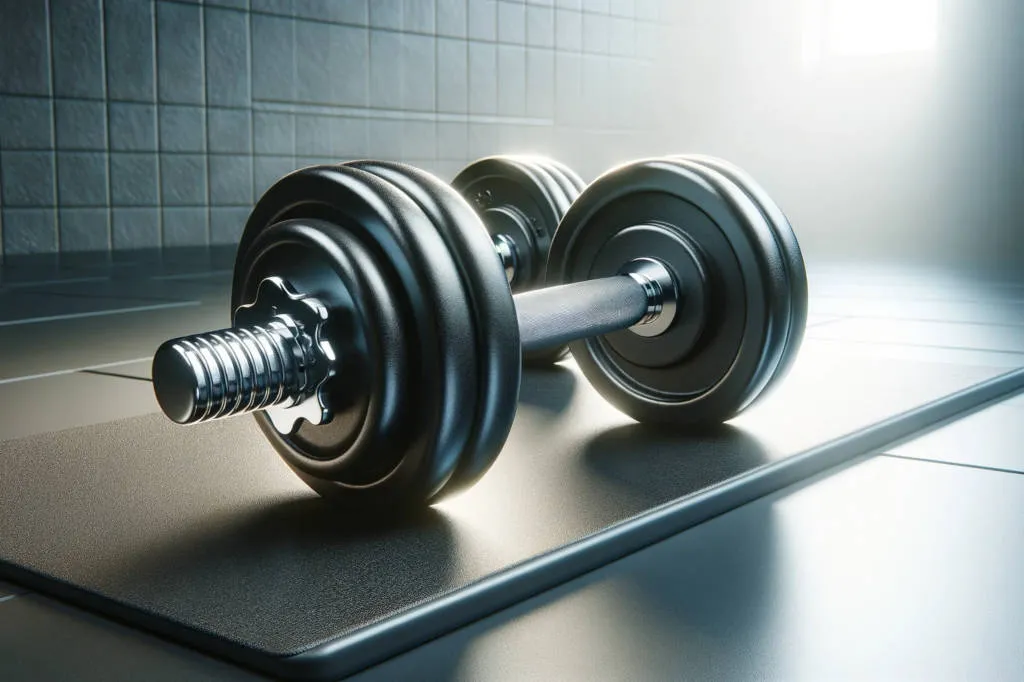
- Kettlebells:
The unique shape of kettlebells allows for a range of exercises like kettlebell swings and goblet squats. These movements not only target the glutes but also improve overall functional strength.
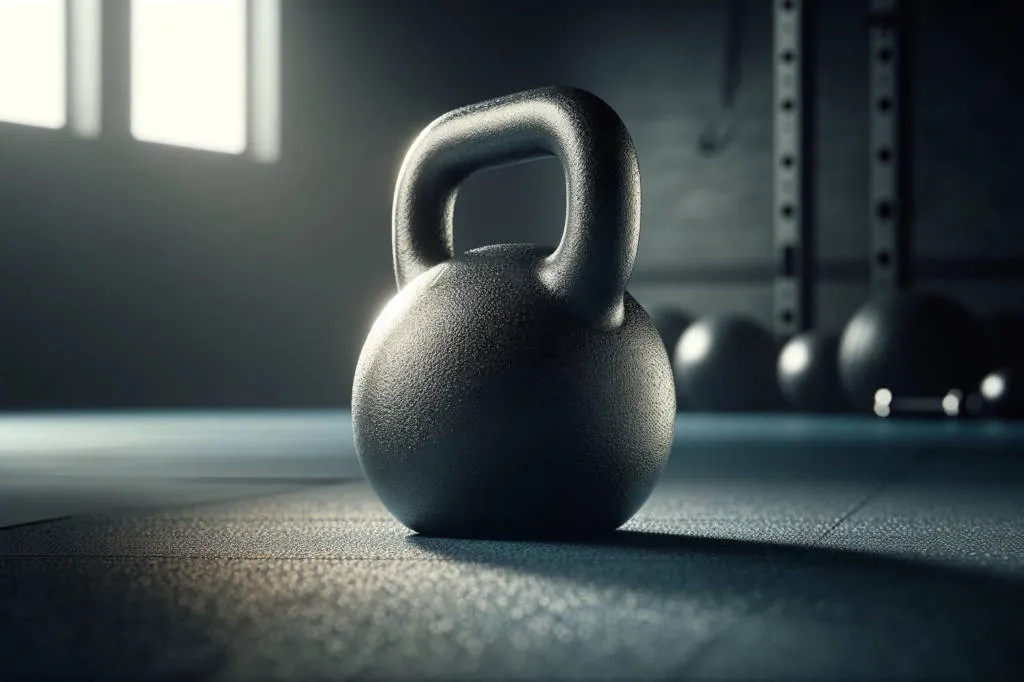
- Plyometric Exercises:
Exercises such as box jumps, jump squats, and burpees can be effective in targeting the glutes without the need for any equipment. They’re also great for cardiovascular health and overall strength.
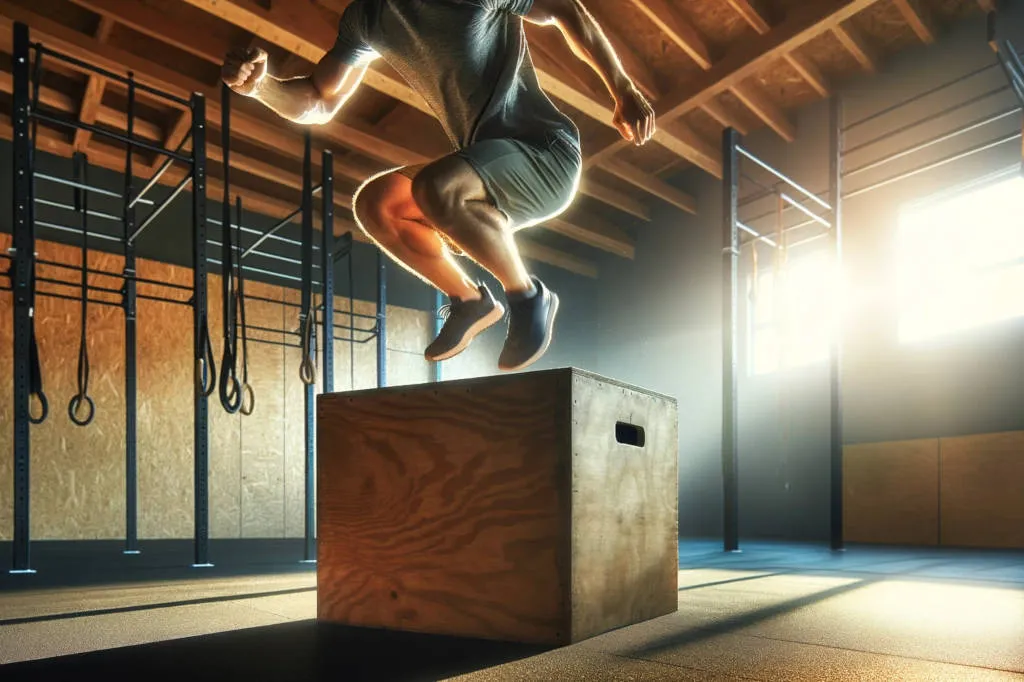
- Stability Ball:
Incorporate this tool into your routine with exercises like stability ball hamstring curls and glute bridges. The unstable nature of the ball also challenges your core, making these exercises multifunctional.

- Cable Machines:
While not as compact as some of the other alternatives, cable machines in a gym setting can be adjusted to perform exercises like cable kickbacks and pull-throughs, directly targeting the glutes.

- Bodyweight Exercises:
Don’t underestimate the power of bodyweight exercises. Movements like glute bridges, single-leg squats, and step-ups can be very effective when performed with the right technique.

While glute machines are engineered for optimal targeting and results, it’s clear that there are numerous other methods to work those muscles. Depending on your goals, available equipment, and preferences, you can integrate a combination of these alternatives to achieve a strong and sculpted posterior.
Conclusion
The journey to sculpted and strong glutes is an exciting one, filled with a variety of tools and techniques. While the glute machine stands out as a specialized piece of equipment, designed with precision to target those specific muscles, it’s evident that there’s a world of options available to fitness enthusiasts.
From understanding the anatomy of the glutes to diving into the history of glute-focused equipment, it’s essential to make informed choices tailored to individual needs and preferences. Whether you invest in a state-of-the-art glute machine or opt for resistance bands, dumbbells, or bodyweight exercises, the key lies in consistency, proper form, and dedication. Whichever path you choose, remember that every step, squat, and lift brings you closer to your fitness goals. Here’s to stronger glutes and a healthier you!
Additionally, you’re invited to explore our collection of articles:





